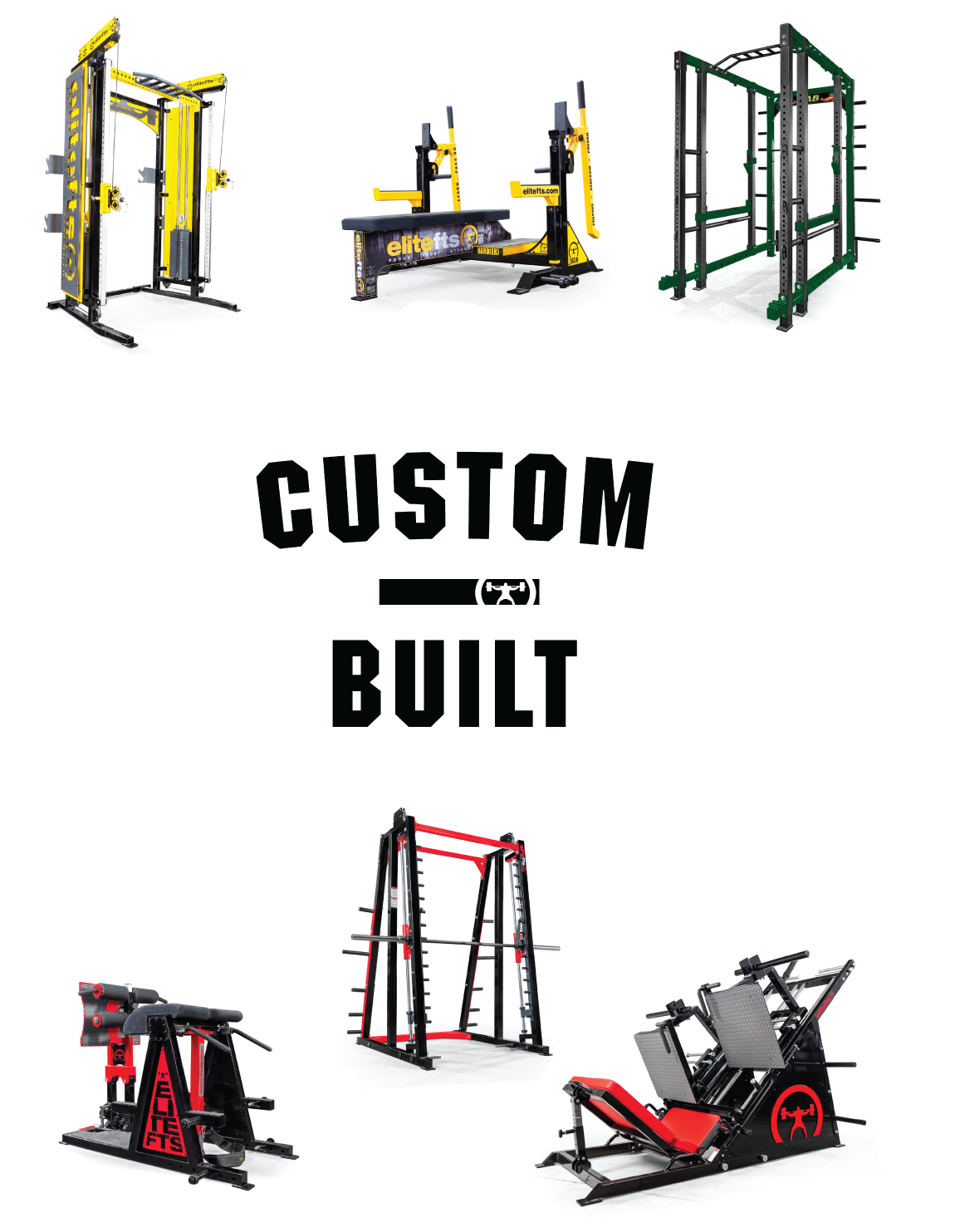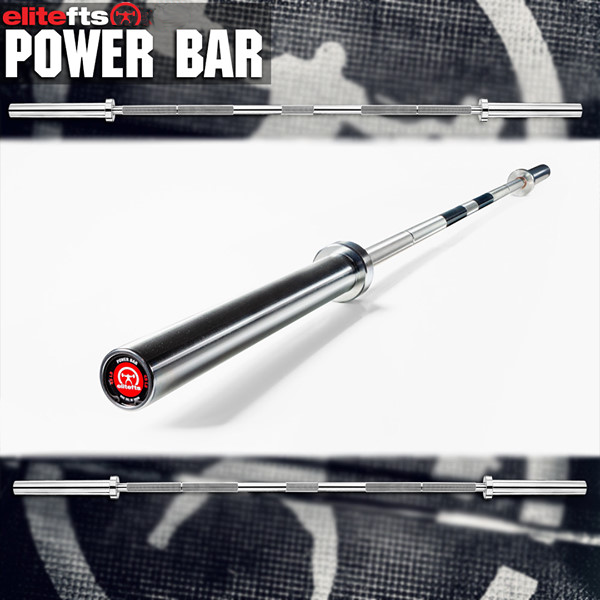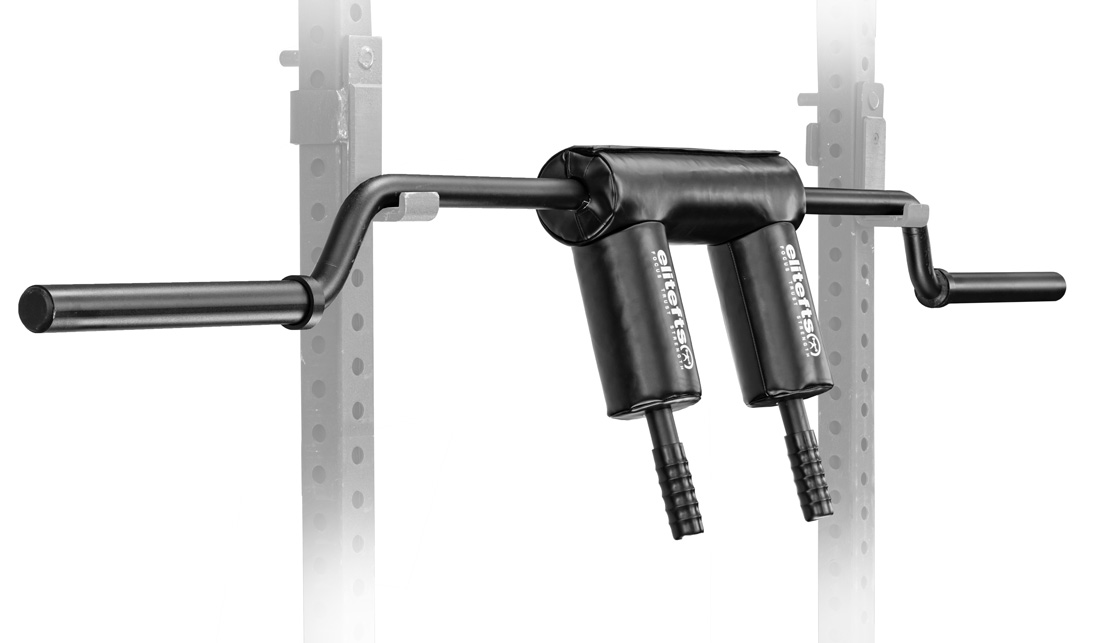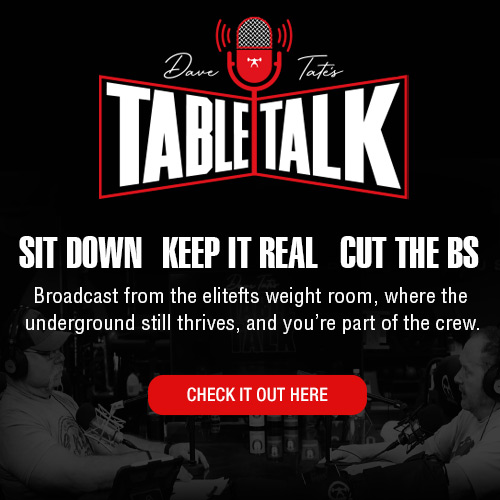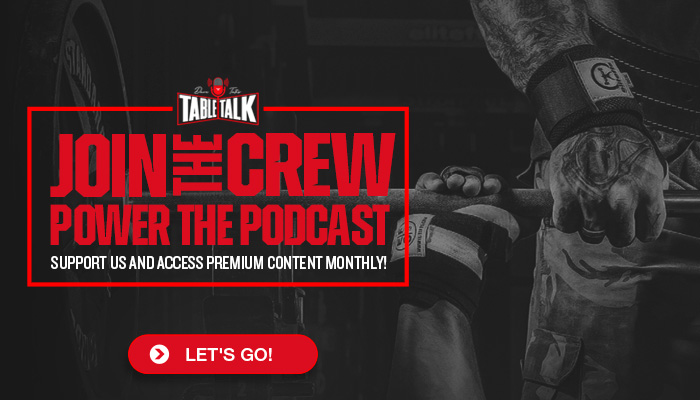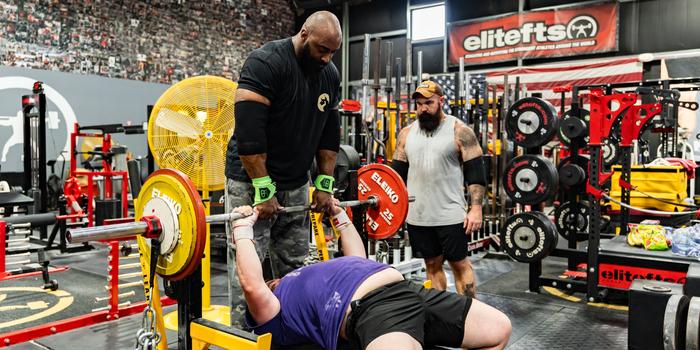
Background and Purpose
My family owns a mining service company headquartered in Bluefield, Virginia, with roots in both Bluefield, Virginia, and Bluefield, West Virginia. As a vice president of our company, I often say success in sport is a precursor to success in business. In both, you learn from losses and how to work with people toward a common goal.
Over the past year and a half, during downtime at the office, I began writing about how I transformed from an unathletic kid into a seasoned lifter. Those of us who’ve “been there and done that” owe it to the next generation to pass on both life and lifting lessons.
Early Years: Football and the Weight Room
In the late 1990s, I was not athletic—I quit tee-ball after one season, wasn’t much of a golfer, and liked soccer even less. But by middle school, I was one of the biggest kids in my class. My principal, Mr. Cromer, kept encouraging me to try football, even telling my mom, “The team needs Tom!” She made sure the decision was mine.
Reluctantly, I joined. My first coach, Morgan Campbell, was the right person at the right time. I was inexperienced, confused about my gear, and drew multiple offsides penalties in my first game. Still, Coach Campbell kept me at right tackle and believed in me.
After that first season, lifting weights caught my interest. My dad gave me his old weight set, and I kept training through middle and high school. I outgrew my first bench, kept lifting in my high school weight room, and got stronger. A poster on the wall read: “It is what you do when the coach isn’t watching that matters.” That lesson stuck with me.
First Meets and Progress
My first meet was a local bench press contest in February 1999. I weighed in at 220, benched 255, and twice missed 265 on technicalities. I loved it. By the end of 11th grade, I was benching 300. My senior year, I cut to 198 and hit 315.
College, Westside Influence, and Patience
In 2001, during my first year of college, coach Paul Sutphin introduced me to training methods similar to what Dave Tate and Louie Simmons were publishing about Westside Barbell. I was hooked.
That Christmas, relatives bought me training books. One author wrote, “Be patient and let your program work for you.” At 41, I can say that advice still holds. Once you reach a certain level, you know what works—stick to it.
Around this time, Bob Youngs gave me great advice on the elitefts Q&A forum: at my age, the best thing to do was stay consistent.
Highlights and Setbacks (2004–2006)
In winter 2004, I competed in two meets. In Salem, Virginia, I totaled 1,400+. Weeks later in Charlottesville, I squatted 550 for a state record and benched 385 for another. My best bench in college was 390.
But like many young adults, I struggled with direction—switching majors, moving for jobs, and eventually working crazy out-of-town hours. I didn’t compete again until 2013.
Return and a Health Scare (2013–2014)
In 2013, I returned to the platform, benching 390, then 400 in early 2014. Soon after, I experienced chest pain. At the hospital, doctors discovered a pulmonary embolism in both lungs. I recovered quickly, and eight weeks later benched 420. That was a wake-up call—but it didn’t stop me.
Shirts, Crews, and Breaking 500 (2016–2017)
By 2016, I hit 500 in a Titan Katana. I trained with a Charleston crew, learning from their high-volume approach. In 2017, my grandfather passed, and I was diagnosed with a minor heart abnormality. I dropped to 220, focused on benching, and hovered in the 450s.
The Scorpion Shirt and Momentum (2019–2021)
In 2019, Cole Dworek introduced me to Rob Forrell’s prototype Scorpion shirt. I immediately benched 465 with ease. By late 2019, I benched 520, then 550 in 2020, and 555 at year’s end.
Lesson: Train in your shirt regularly. Don’t get lost in trends like bands, boards, or the future method. They build great board pressers, not great bench pressers.
Injuries, Upgrades, and Big Jumps (2021)
After a hand injury in training, I rebounded quickly. Matt Hodge noticed my shirt was loose and suggested adding a fourth ply. With that upgrade, I benched 620 and later 670 in 2021.
Chasing 700 (2022–2023)
I attempted 700 twice but missed both times just off the chest. Then, I lost my two most trusted spotters. I underperformed at two meets and started to wonder if my competitive lifting days were numbered.
Hurricane Helene and IPA Worlds (2024)
In 2024, training was solid—heavy singles, pauses, band work, and lat/upper-back focus. I was ready for IPA Worlds, but Hurricane Helene disrupted everything in Bluefield. Stressed and lighter, I still benched 660 but missed 700 twice on technicalities. I knew it was there.
The Christmas Grit: 725
At Adam Hawkins’ Christmas Grit meet, everything came together. After an easy 660, I called for 700. I pressed it clean, only to find out later there was a misload—710. Even later, Adam reviewed video and plate counts: it was actually 725.
After 25 years of competing, I finally had my biggest bench yet.
Final Thoughts
Equipped lifting has countless variables: crowd energy, sleep, hydration, shirt fit, bodyweight. Outsiders don’t see it. But resiliency—coming back after a miss—is what defines a lifter.
Lessons for Lifters
- Respect personal choices. PED use, bodyweight changes, and health decisions are personal. Focus on your own path.
- Find a crew. Don’t get lost in methods; train with those who push you.
- Build bridges. Powerlifting is small—support lifters across federations.
- Coach partners into champions. Treat them as the lifter you believe they can be.
- Audit your volume. If you stall, check your workload, triceps, abs, and back work. Volume drives strength.
Dedication
This article is dedicated to my late grandfathers, my coach Morgan Campbell, my dad for his support, Paul Sutphin for guidance, and every lifter who ever helped me. As Robert Stack once said: “The stories of success are wrapped up in luck, confusion, and a touch of madness.”



